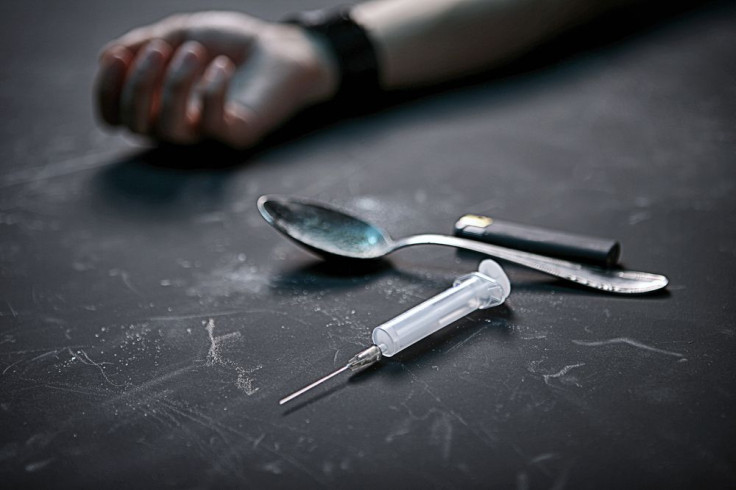Acetyl Fentanyl, Up To 15 Times More Powerful Than Heroin, Is Being Mixed With It; Doctors Need To Be Aware

Doctors worrying about increasing rates of overdoses from heroin and painkillers, may actually be dealing with a drug known as acetyl fentanyl, which can be five to 15 times stronger than heroin.
In an article published in Annals of Emergency Medicine, Dr. John Stogner of the Department of Criminal Justice and Criminology at the University of North Carolina, Charlotte, said that doctors could expect “an upswing in what on the surface appear to be heroin overdoses.” However, these cases may actually be acetyl fentanyl, a deadly, semi-legal designer drug that has a chemical makeup akin to the opioid painkiller fentanyl. The drug has no recognized medical use. Stogner wrote.
“What’s frightening about this emerging street drug is that users themselves may not be aware that they are ingesting it,” Stogner said in a press release. “A patient may report heroin use and have symptoms consistent with heroin overdose, but an emergency physician may find that the standard dose of antidote (naloxone) doesn’t work. Larger or additional doses are necessary when acetyl fentanyl is responsible. It’s never good to lose time between overdose and treatment.”
In February, the North Carolina Department of Health and Human Services declared a health advisory after three people died from injecting acetyl fentanyl. Going back to last October, the Centers for Disease Control and Prevention had to announce a warning about the drug after 14 people died in Rhode Island. Last June, 50 overdoses were recorded in Pennsylvania, along with five non-fatal overdoses.
Like many other designer drugs, especially synthetic weed, the drug gets a pass legally because it contains fentanyl. Manufacturers only have to label it as “not for human consumption” to keep its analog, containing acetyl, legal.
“Clever and well-informed drug distribution networks will likely take advantage of the legal loophole and profit by replacing or cutting a highly-regulated drug with this less regulated one,” Stogner said. “One of the many downsides of illegal drugs is you just can’t trust your drug dealer. The trend of adulterants being worked into street drugs to make them more potent is dangerous.”
Indeed, this trend has been seen in the past with cocaine, and most recently, with ecstasy, which is frequently mixed with bath salts, jewelry cleaner, or other synthetic cathinones. According to the White House’s website, synthetic drug use has exploded over the last few years. Whereas there were only four new synthetic cathinones in 2009, there were 31 in 2012. Often, the creation of these new compounds outpaces regulation.
Source: Stogner J. The Potential Threat of Acetyl Fentanyl: Legal Issues, Contaminated Heroin, and Acetyl Fentanyl “Disguised” as Other Opioids. Annals of Emergency Medicine. 2014.



























